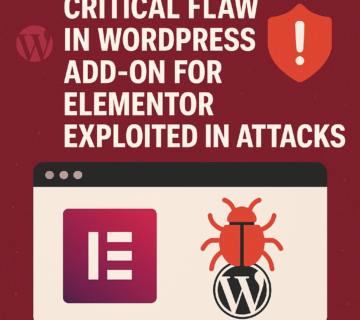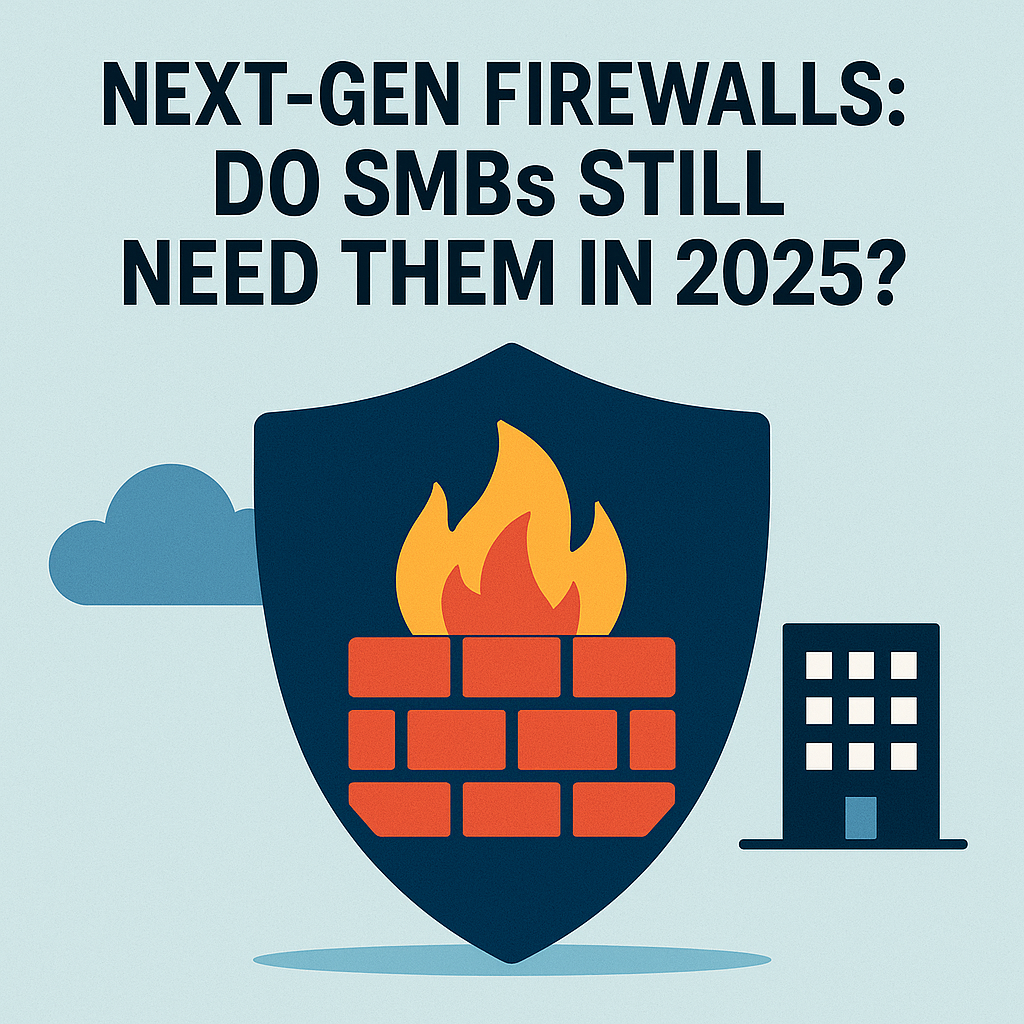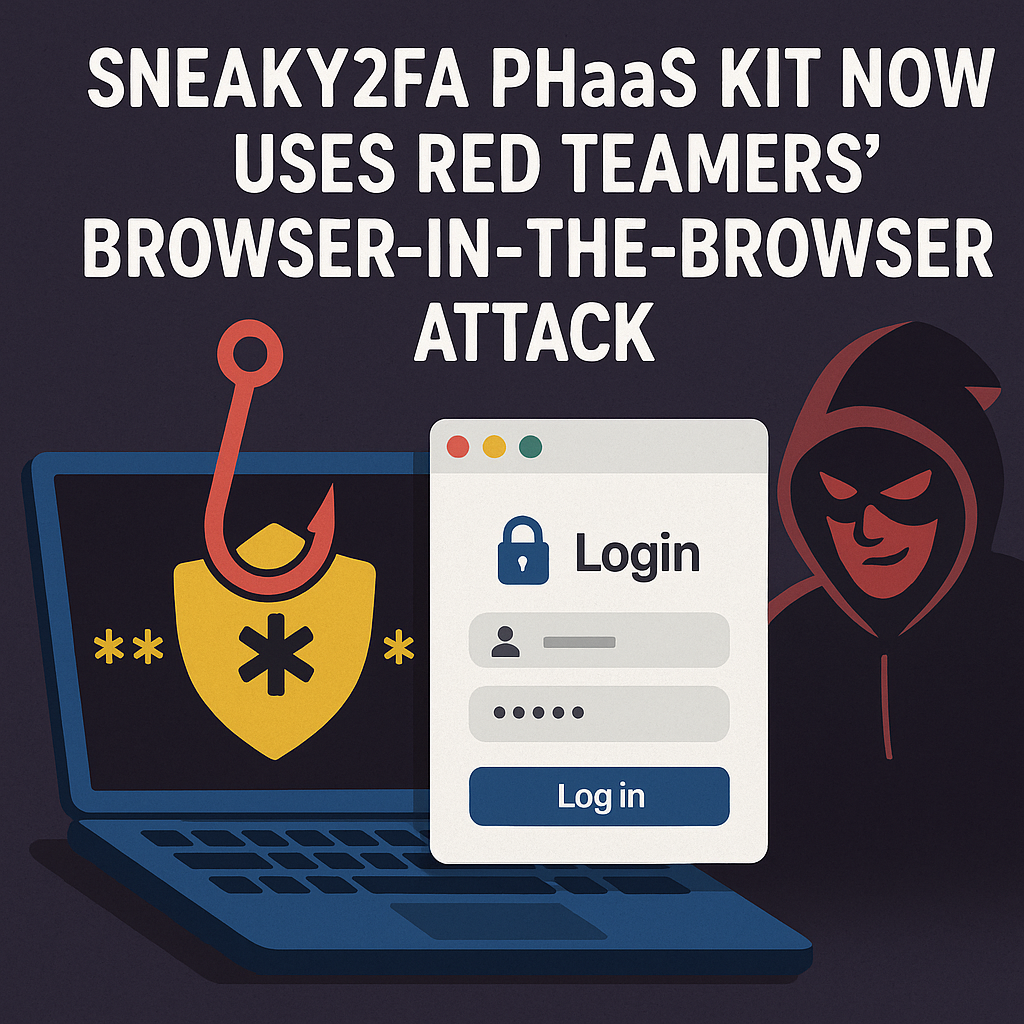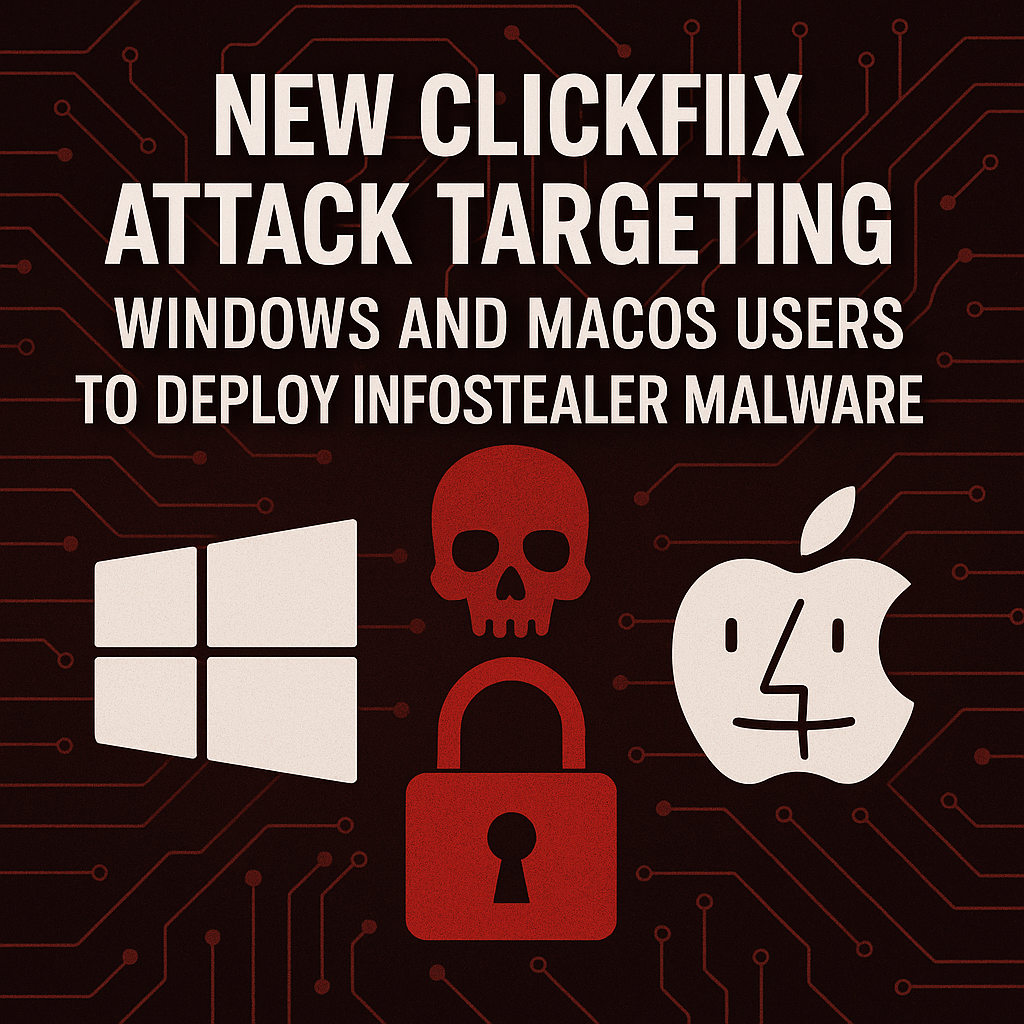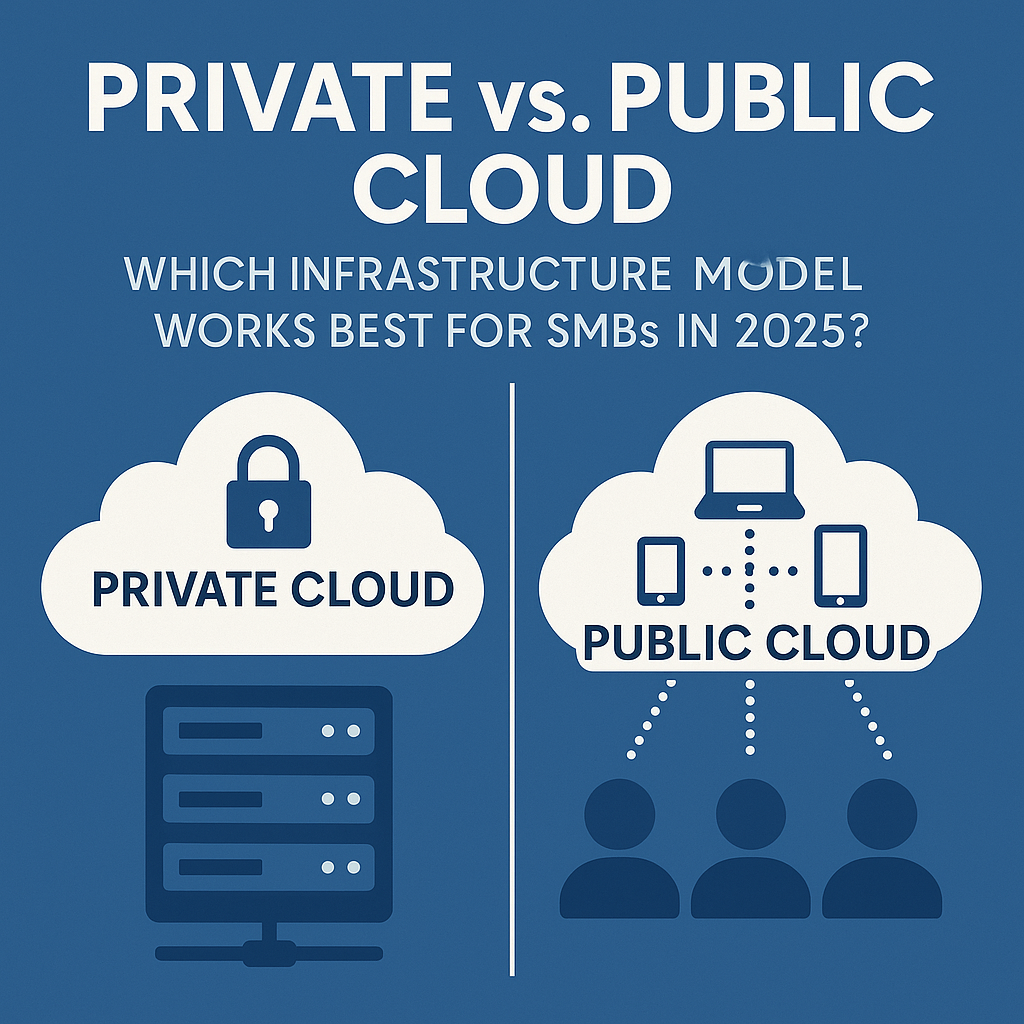Hackers Target SSRF Bugs in EC2-Hosted Sites to Steal AWS Credentials
🎙️ Dive Deeper with Our Podcast!
Explore the latest Hackers Target SSRF Bugs in EC2-Hosted Sites to Steal AWS Credentials.
👉 Listen to the Episode: https://technijian.com/podcast/ec2-ssrf-attacks-stealing-aws-credentials/
Subscribe: Youtube | Spotify | Amazon
Cybersecurity threats are evolving faster than ever, and cloud infrastructures are now in the crosshairs of sophisticated attackers. One of the latest campaigns targeting Amazon EC2-hosted websites exposed a massive loophole in how sensitive data is managed and protected in virtual environments. F5 Labs recently uncovered an alarming exploitation of Server-Side Request Forgery (SSRF) vulnerabilities aimed at stealing AWS Identity and Access Management (IAM) credentials. Let’s dive into the nature of these attacks, their implications, and what organizations can do to stay safe.
Understanding the SSRF Exploit: A Major Security Loophole
What is SSRF and Why Is It Dangerous?
Server-Side Request Forgery (SSRF) is a type of vulnerability where an attacker tricks a server into making requests on their behalf. This is especially dangerous when internal systems, not meant for public access, become exposed. Attackers can use SSRF to access metadata, internal files, and even authentication tokens.
SSRF Meets EC2: A Recipe for Disaster
In this targeted campaign, hackers exploited SSRF bugs in AWS EC2-hosted websites to make requests to the internal EC2 metadata URL:http://169.254.169.254/latest/meta-data/
This URL exposes sensitive information about the EC2 instance—including network configs, machine data, and more importantly, IAM credentials when accessed via IMDSv1 (Instance Metadata Service Version 1). These credentials can then be used to:
- Access AWS S3 buckets
- Launch and terminate EC2 instances
- Interfere with RDS databases
- Create or delete security groups
Timeline and Pattern of the Cyber Campaign
Dates of the Attack
F5 Labs reported that the campaign ran between March 13 and March 25, 2025, with early probes identified on the 13th and a full escalation starting two days later.
Systematic Exploitation Approach
The attackers showed a high degree of planning and sophistication. Their strategy included:
- Rotating six query parameter names:
dest,file,redirect,target,URI, andURL - Targeting four specific subpaths:
/meta-data/,/user-data, etc. - Using multiple IPs tied to FBW Networks SAS located in France and Romania
These tactics allowed them to evade detection while maintaining persistent access to vulnerable endpoints.
The Root of the Problem: IMDSv1 Still in Use
IMDSv1 lacks robust authentication. Anyone who accesses the server can retrieve sensitive metadata. Despite AWS introducing IMDSv2, which requires session tokens and provides stronger security, many organizations still use the older version.
This oversight provided hackers an open door to valuable AWS resources.
Real-World Risks of IAM Credential Theft
When hackers gain IAM credentials, they essentially become cloud admins. The implications are severe:
- Data Breaches – Access to S3 buckets means potential exposure of customer records and private documents.
- Resource Hijacking – Attackers can mine cryptocurrency using your EC2 instances, raising your cloud bill exponentially.
- Infrastructure Manipulation – Deleting critical instances or altering permissions can disrupt entire operations.
Exploitation Trends: Old Vulnerabilities Still Dominate
In the same F5 Labs report, it was revealed that attackers aren’t just looking for new vulnerabilities—they still aggressively target old ones. Top exploited CVEs include:
| CVE ID | Description | Attempt Volume |
|---|---|---|
| CVE-2017-9841 | PHPUnit RCE via eval-stdin.php |
69,433 |
| CVE-2020-8958 | Guangzhou ONU OS command injection | 4,773 |
| CVE-2023-1389 | TP-Link Archer AX21 command injection | 4,698 |
| CVE-2019-9082 | ThinkPHP PHP injection RCE | 3,534 |
These numbers illustrate the importance of continuous patching and hardening.
Mitigation Measures for Cloud Security
To defend against SSRF and IAM credential theft, organizations must:
- Upgrade to IMDSv2: Enforce token-based metadata access.
- Audit EC2 Permissions: Apply the principle of least privilege to IAM roles.
- Implement SSRF Filters: Use input validation and allowlists.
- Monitor Internal Traffic: Use tools like AWS GuardDuty for anomaly detection.
- Patch Regularly: Stay updated on software and CVEs.
- Use WAFs and Proxies: To detect and block malicious probes and payloads.
How Technijian Can Help Secure Your AWS Cloud
At Technijian, we specialize in securing complex cloud infrastructures, including AWS environments. Here’s how we help businesses like yours stay protected:
Comprehensive Cloud Security Audits
Our experts perform thorough audits to detect outdated IMDS versions, overly permissive IAM roles, and misconfigured endpoints.
24/7 Threat Monitoring and Response
With real-time monitoring tools and our dedicated security team, we catch and respond to SSRF attacks before they escalate.
DevSecOps Best Practices
We integrate security into every stage of your deployment pipeline—ensuring vulnerabilities are caught early and remediated quickly.
SSRF Protection Implementation
Technijian configures your systems with the latest security patches, firewalls, and rulesets to mitigate SSRF risks.
Ready to fortify your AWS environment? Contact Technijian for a free consultation and start building a bulletproof cloud infrastructure.
FAQs
1. What is an SSRF vulnerability?
SSRF, or Server-Side Request Forgery, is a web vulnerability that allows attackers to make unauthorized requests from the server to internal or external resources.
2. How do SSRF attacks extract AWS credentials?
Hackers use SSRF to query internal metadata URLs on EC2 instances, gaining access to IAM credentials if the system uses the older IMDSv1.
3. What is the difference between IMDSv1 and IMDSv2?
IMDSv1 does not require authentication, making it vulnerable. IMDSv2 uses session tokens and HTTP methods to secure access to metadata.
4. How can I check if my EC2 instance is using IMDSv1?
You can query the metadata configuration via AWS CLI or the management console. Switching to IMDSv2 is recommended and supported in most environments.
5. What should I do if my credentials were exposed?
Immediately revoke the IAM credentials, rotate keys, audit your logs for suspicious activity, and review your security policies.
6. Can Technijian help detect and remediate such vulnerabilities?
Absolutely! We offer complete vulnerability assessments, continuous monitoring, and proactive remediation for all AWS services.
About Technijian
Technijian is a premier managed IT services provider, committed to delivering innovative technology solutions that empower businesses across Southern California. Headquartered in Irvine, we offer robust IT support and comprehensive managed IT services tailored to meet the unique needs of organizations of all sizes. Our expertise spans key cities like Aliso Viejo, Anaheim, Brea, Buena Park, Costa Mesa, Cypress, Dana Point, Fountain Valley, Fullerton, Garden Grove, and many more. Our focus is on creating secure, scalable, and streamlined IT environments that drive operational success.
As a trusted IT partner, we prioritize aligning technology with business objectives through personalized IT consulting services. Our extensive expertise covers IT infrastructure management, IT outsourcing, and proactive cybersecurity solutions. From managed IT services in Anaheim to dynamic IT support in Laguna Beach, Mission Viejo, and San Clemente, we work tirelessly to ensure our clients can focus on business growth while we manage their technology needs efficiently.
At Technijian, we provide a suite of flexible IT solutions designed to enhance performance, protect sensitive data, and strengthen cybersecurity. Our services include cloud computing, network management, IT systems management, and disaster recovery planning. We extend our dedicated support across Orange, Rancho Santa Margarita, Santa Ana, and Westminster, ensuring businesses stay adaptable and future-ready in a rapidly evolving digital landscape.
Our proactive approach to IT management also includes help desk support, cybersecurity services, and customized IT consulting for a wide range of industries. We proudly serve businesses in Laguna Hills, Newport Beach, Tustin, Huntington Beach, and Yorba Linda. Our expertise in IT infrastructure services, cloud solutions, and system management makes us the go-to technology partner for businesses seeking reliability and growth.
Partnering with Technijian means gaining a strategic ally dedicated to optimizing your IT infrastructure. Experience the Technijian Advantage with our innovative IT support services, expert IT consulting, and reliable managed IT services in Irvine. We proudly serve clients across Irvine, Orange County, and the wider Southern California region, helping businesses stay secure, efficient, and competitive in today’s digital-first world.
